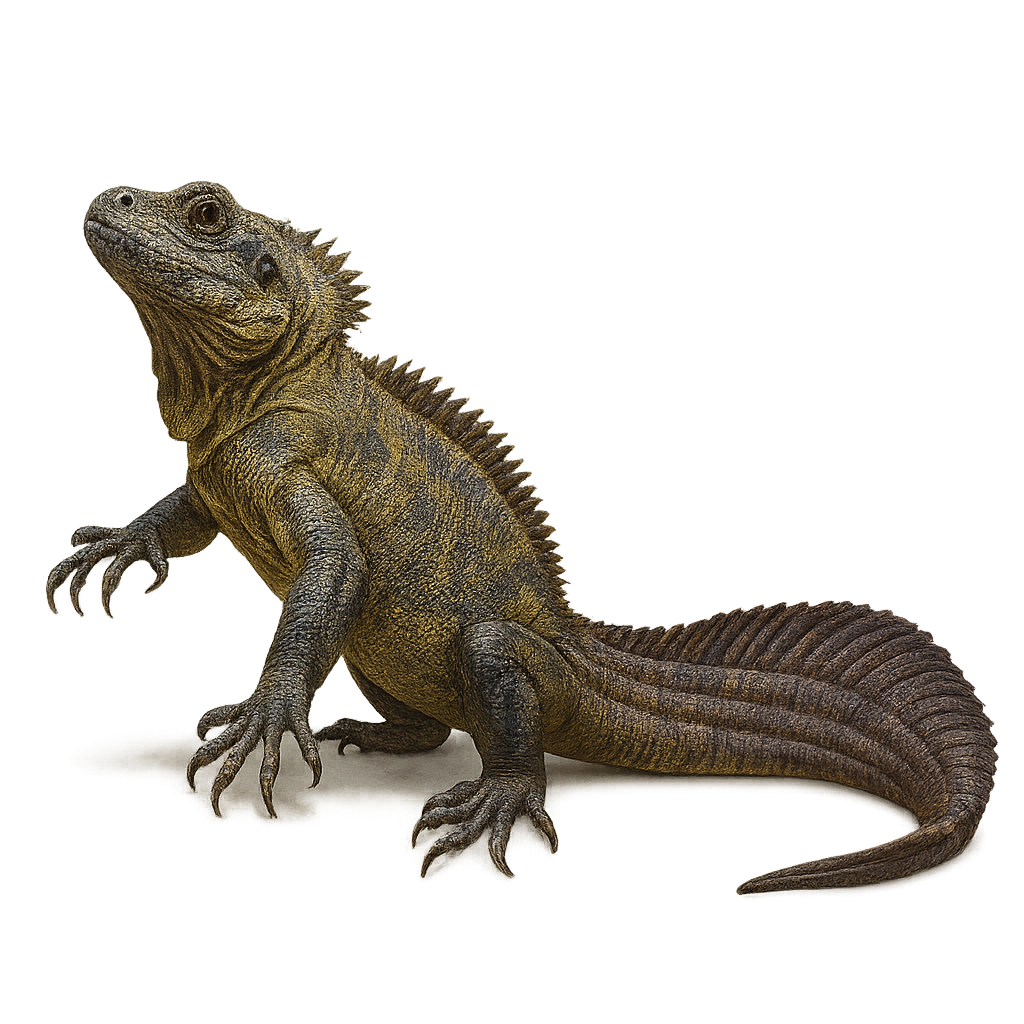Your wildlife photography guide.
Explore the philippine sailfin lizard in detail, study its behavior, prepare your shots.
Where to observe and photograph the philippine sailfin lizard in the wild
Learn where and when to spot the philippine sailfin lizard in the wild, how to identify the species based on distinctive features, and what natural environments it inhabits. The WildlifePhotographer app offers tailored photography tips that reflect the philippine sailfin lizard’s behavior, helping you capture better wildlife images. Explore the full species profile for key information including description, habitat, active periods, and approach techniques.
Philippine Sailfin Lizard
Scientific name: Hydrosaurus pustulatus

IUCN Status: Near Threatened
Family: AGAMIDAE
Group: Reptiles
Sensitivity to human approach: Suspicious
Minimum approach distance: 5 m
Reproduction period: July to December
Incubation: 92 jours
Births: July to December
Habitat:
tropical rainforests, riparian zones
Activity period :
Active during the day when temperatures are favorable, often seen basking in the sun.
Identification and description:
The Hydrosaurus pustulatus, commonly known as the Philippine Sailfin Lizard, is a fascinating reptile endemic to the Philippine islands. This lizard is famous for its spectacular dorsal crest resembling a sail, used to impress rivals and attract mates. It primarily inhabits tropical rainforests and riparian zones, where it spends much time swimming. Measuring up to a meter in length, it is mainly herbivorous, feeding on leaves, fruits, and flowers, though it may occasionally consume insects. This lizard is diurnal and spends most of its time basking in the sun to regulate its body temperature. Although relatively tolerant of human presence, it remains cautious and quickly flees when threatened.
Recommended lens:
400 mm – adjust based on distance, desired framing (portrait or habitat), and approach conditions.
Photography tips:
To photograph the Philippine Sailfin Lizard, it is advisable to use a 400mm lens or longer to capture detailed images without disturbing the animal. Look for sunny areas near water where these lizards like to bask. Be patient and discreet, as although they are tolerant, they may flee quickly if startled. Use a tripod to stabilize your camera and wait for the right moment to capture the dorsal crest fully extended, which is particularly impressive.
The WildlifePhotographer App is coming soon!
Be the first to explore the best nature spots, track rutting seasons, log your observations, and observe more wildlife.
Already 1 431 wildlife lovers subscribed worldwide

